Fewer 'walls' but more mountains in 2017 Vuelta a Espana
Route details emerge ahead of January unveiling
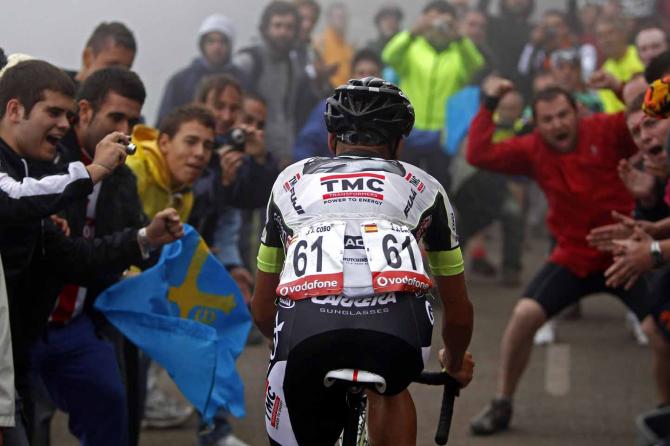
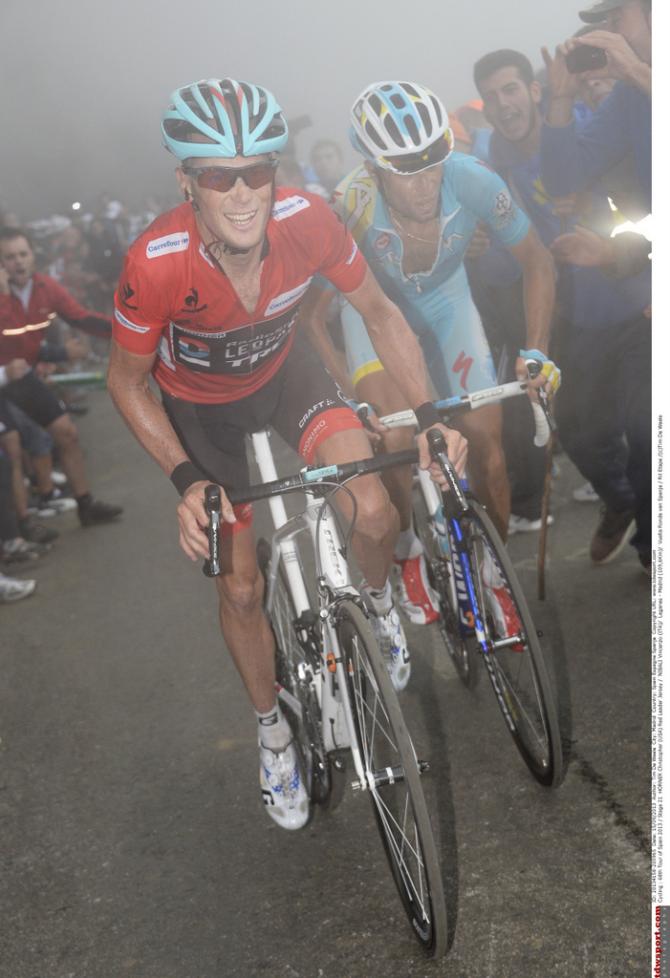
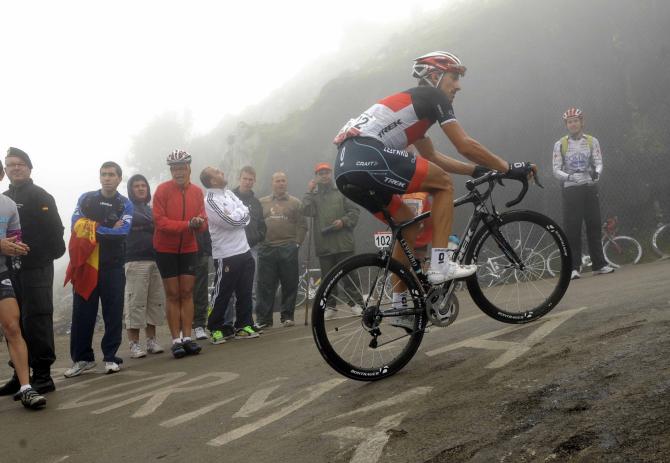
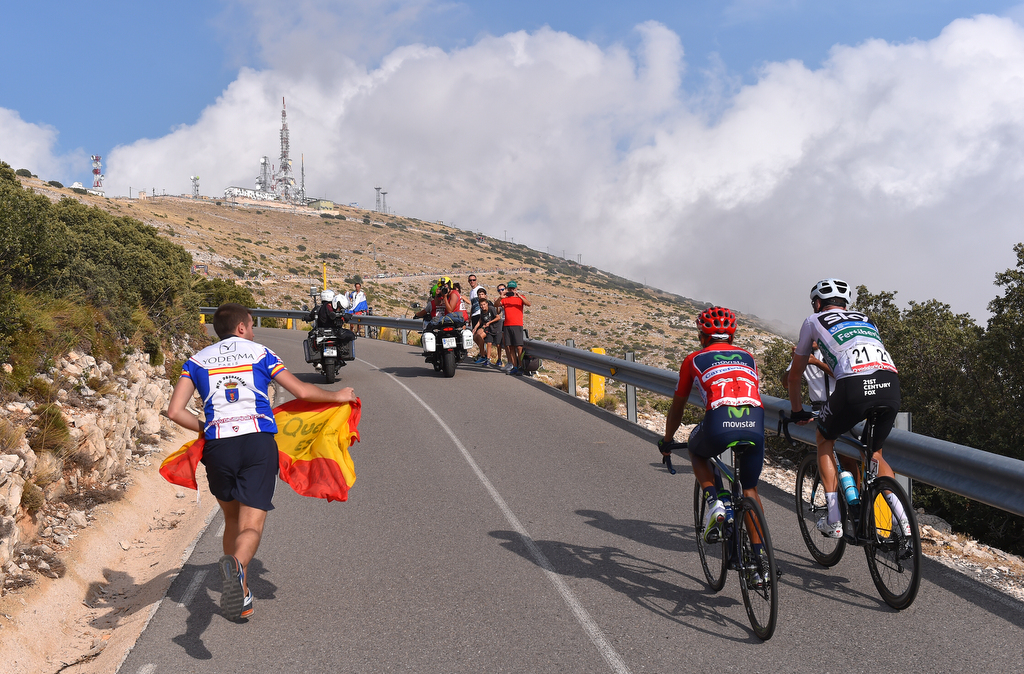
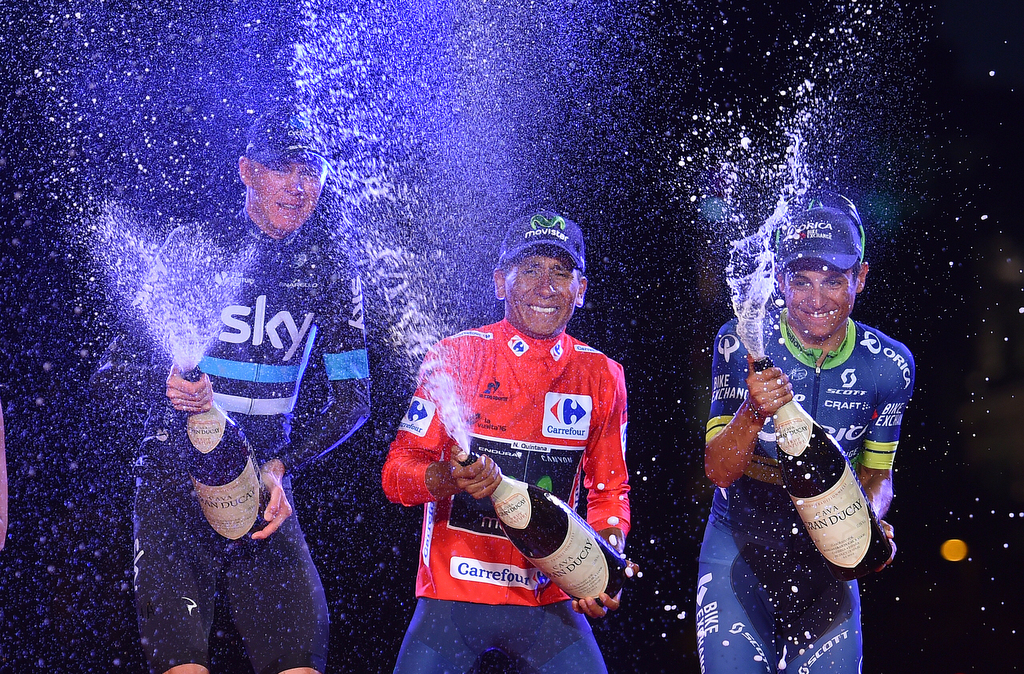
The route for the 2017 edition of the Vuelta a España will be unveiled in the new year but, as with all three Grand Tours, rumours abound in the preceding weeks and months over the start and finish locations, the climbs, and the key stages.
According to the leading Spanish daily sports newspaper, Marca, the Vuelta will lean away from the muros – the short but brutally steep climbs known as 'walls' – that have become emblematic of the race in recent years. They say the number of summit finishes will drop from ten to eight next year, with the emphasis shifting from relatively benign stages culminating in 'muros' to stages that play out in the higher mountains with longer ascents.
That said, the brutal gradients can be expected once again as the race is set to revisit the famous Angliru and also hand a debut to the Machucos climb. Both are likely to form part of a tough final week that will play out in northern Spain in the mountains of Cantabria and, to the west, Asturias.
Los Machucos, in Cantabria, should come first, and will test riders with an irregular ascent of around 8km that features a couple of flattish sections as well as long stretches of over 10 per cent and pitches of well over 20 per cent. The Angliru, perhaps the race's most famous climb despite only being used six times, looks likely to act as a summit finish on the penultimate day – as it did on its last appearance in 2013, when Chris Horner shook off Vincenzo NIbali in the mist to clinch overall victory. The 12.6km ascent, with an average of over 10 per cent and stretches up to 24 per cent, should provide a similarly thrilling climax to the race.
The one known entity of the route is that it will start abroad for only the third time in the race's history. The French town of Nimes will host an opening team time trial of around 20km – the eighth consecutive time the Vuelta will have begun in this manner.
One of the high-mountain stages with longer climbs that Marca refers to is set to come early on, with the transition from French to Spanish soil – probably on day three – allowing for a return to the mountainous Andorra, following that memorably exerting stage in 2015.
The race is then set to head to Catalunya, with Tarragona said to have won the bid for a stage finish, where a bunch sprint would be on the cards. After that, the latest rumours would suggest the race will move round Spain in an clockwise direction, running down the east towards the region of Murcia before heading west over to Andalucía, where a mountain stage in the Sierra Nevada has been slated as a possibility.
Get The Leadout Newsletter
The latest race content, interviews, features, reviews and expert buying guides, direct to your inbox!
A minister for the Castilla-La-Mancha region recently let slip that Cuenca will host a stage finish, likely to be a couple of days after Tarragona, while a stage in Alicante will be followed by a visit to Caravaca de la Cruz in Murcia – confirmed by La Razón as either a start or finish town.
Over in Andalucía, the province of Málaga have confirmed that Antequera will host a stage finish, and the following day will start out in Coín, with a summit finish in the Sierra Nevada on the cards. The Pico Veleta climb has been mentioned as one of the possibilities and, if it does appear, it would rival the Angliru for most spectacular stage in the race with its sections of gravel track and its 3,000+ metres of altitude – making it one of the highest roads in Europe.
Details of the route from the south to the north are scarce at the moment, but there is likely to be an individual time trial, followed those punishing and pivotal stages in the final few days.
The full route will be unveiled in Madrid on January 12.